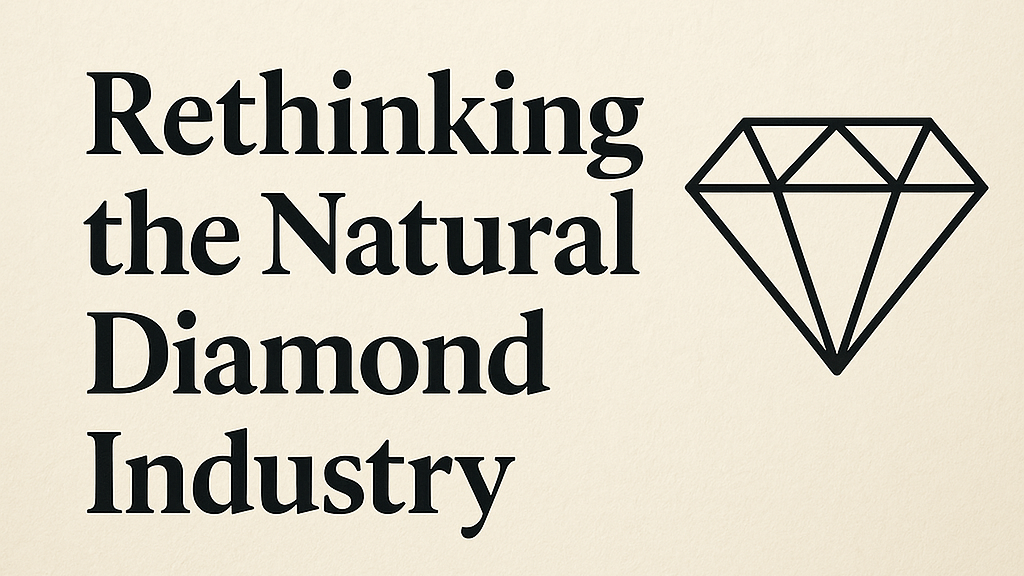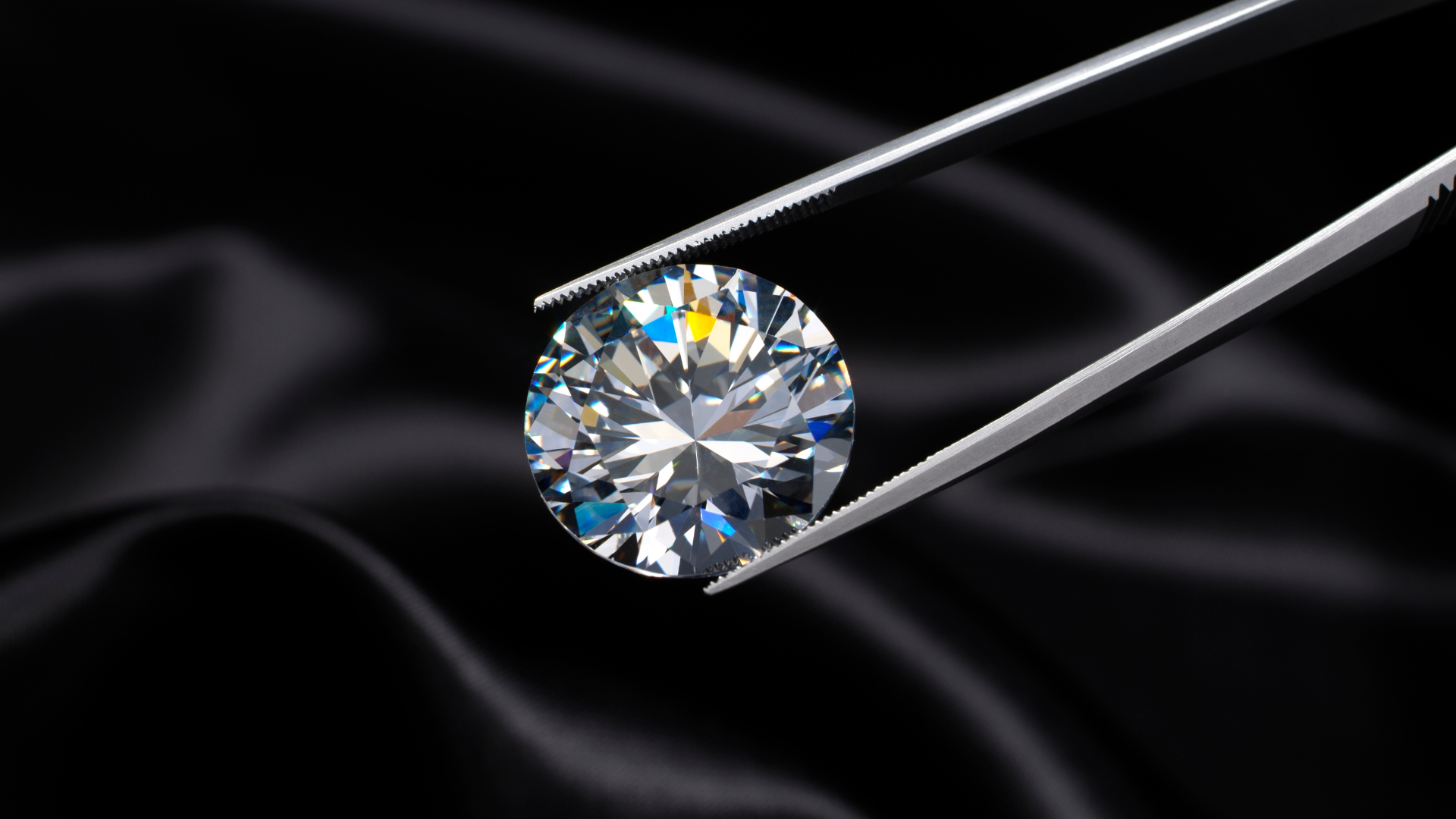I am dedicated to diamonds and everything to do with diamonds. From Lab-Grown to Mined, I am constantly striving to find the best solution to create sales for the retail trade.
I recently read a post by Ahmed Bin Suleyem on the diamond trade. His insightful and comprehensive analysis of the current diamond market encouraged me to write this:
Mr. Martin Rapaport has suggested that the natural diamond market now operates within two distinct tiers: genuinely rare/scarce diamonds and the more commercial varieties, which include smaller stones and lower-grade diamonds. In an effort to examine this, I looked through the eyes of a consumer, particularly concerning retail price points.

Rethinking the natural diamond industry
The Reality of Retail Pricing in the UK (I am based in the UK)
In the UK, the average retail price of an engagement ring sold by an independent jeweller falls between £1,000 and £4,000. This figure reflects the final retail price, encompassing the ring setting and the diamond itself, not the trade price of the stone or its wholesale value. If we reverse-engineer this into trade pricing, it becomes evident why retailers have struggled for years to maintain healthy margins, battling to offer products that remain commercially viable yet meet consumer expectations.
To understand market dynamics, we must look at the financial realities of the UK population. As of 2024, the average annual salary stands at £37,430, with only 4% of individuals earning over £100,000. For most consumers, spending more than £4,000 on an engagement ring is simply not a priority, especially given the rising financial pressures on households.

Howard Levine - Managing Director of Diamnet and Council member at the London Diamond Bourse
The Broader Economic Context
Today’s consumers face unprecedented financial burdens, from soaring living costs to pressures from other luxury commodities. The necessity to upgrade smartphones every two years, each costing upwards of £1,000, is just one example. Multiply that across multiple devices within a household, add in holidays, vehicles, and lifestyle expenses, and it’s clear why discretionary spending on high-value jewellery is under strain.
Market Disruptors and the Shift in Consumer Behaviour
While historical trends offer valuable insights, they cannot be relied upon as predictors of future behaviour, particularly when a major disruptor reshapes the market. The rise of lab-grown diamonds has transformed consumer buying habits in ways comparable to Uber’s impact on the UK taxi industry. When disruption occurs, traditional business models must evolve.
The key to survival in such an environment is adaptation, not reliance on past victories. Businesses must identify their current customer base and recognise that their high-value products now compete in ways never seen before. The traditional model of natural diamond sales is being challenged, and companies must ask:
> Where can I add value within today’s market?

Lab-grown disrupts the market and consumer habits shift
The Shifting Wealth Landscape
It is no secret that the wealth gap in the UK has widened significantly. Research confirms that wealth inequality has increased by 50% in the past eight years. While the mass population has stagnated or even experienced financial decline, the wealthy have flourished—growing their assets, increasing investments, and expanding their disposable income.
Human psychology plays a significant role in purchasing decisions. Among the wealthy, status, prestige, and exclusivity remain powerful drivers. Success must be visible, and natural diamonds—if marketed correctly—can still command their place among luxury goods.
The Future of Natural Diamond Sales
For natural diamonds to retain their status, they must remain aspirational and exclusive. The era of low-grade, small natural diamonds commanding premium pricing is over. Lab-grown diamonds now occupy that space far more effectively, offering larger stones and better perceived value for the price.
To preserve the prestige of natural diamonds, the focus must shift toward high-end marketing strategies. There may even be an opportunity to establish a new market distinction between rare/high-quality natural diamonds and lower-quality commercial stones. Allow the small and low-grade natural diamonds to follow market trends, but ensure the top-tier diamonds maintain their value.
Conclusion
The diamond industry stands at a crossroads. The traditional structures that defined pricing, rarity, and desirability have been irreversibly altered. Success in this new era will depend on businesses embracing change rather than resisting it. Natural diamonds must be positioned as exclusive, rare, and aspirational, with prices that reflect their luxury status.
This is my perspective—I welcome further discussion on how we can strategically navigate this evolving market.
You must be logged in to comment. Click here to login.

Jack Meyer: Shaping the Future of Jewellery CAD Training
Jack Meyer of CAD Jewellery Skills has trained over 1,100 jewellers in CAD. Discover how his approach is transforming UK jewellery design and education.
READ MORE
0 Comments